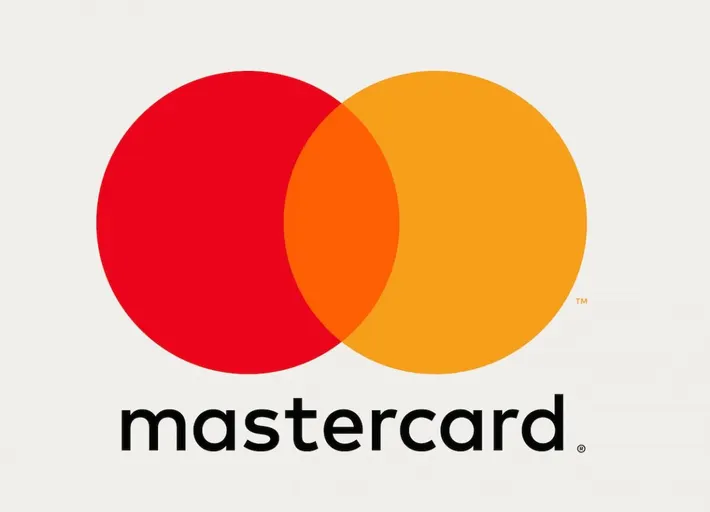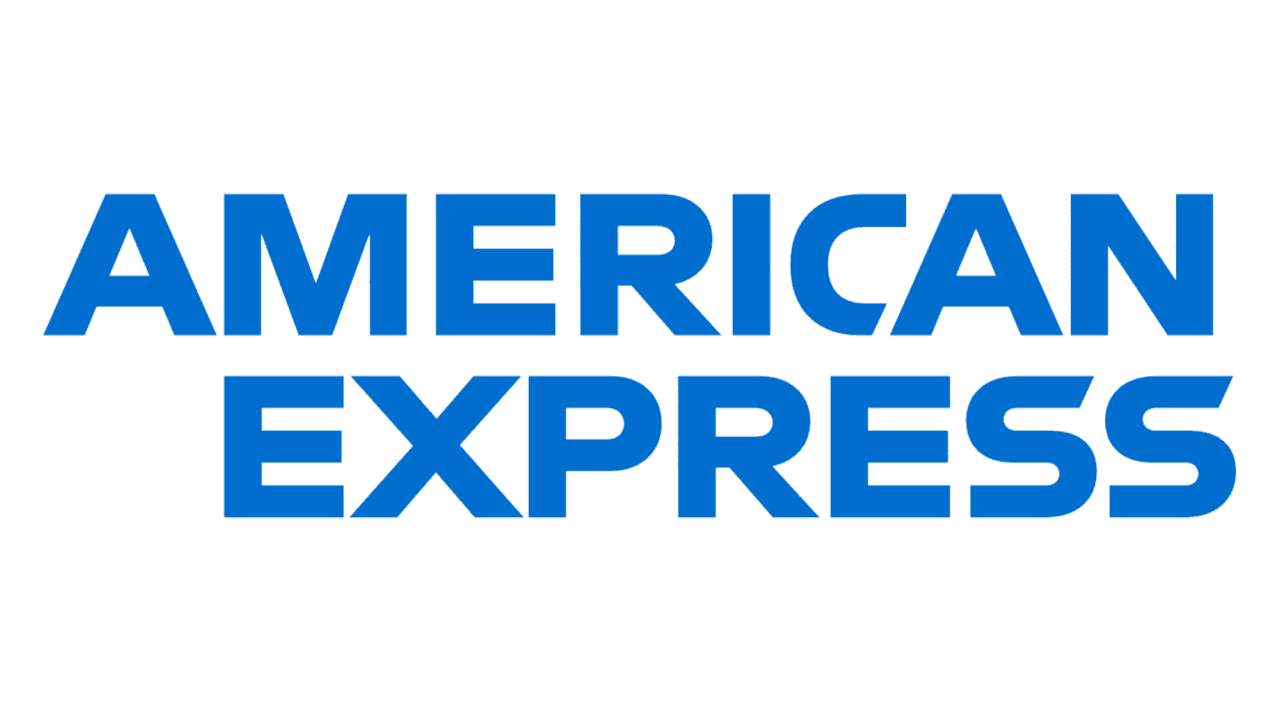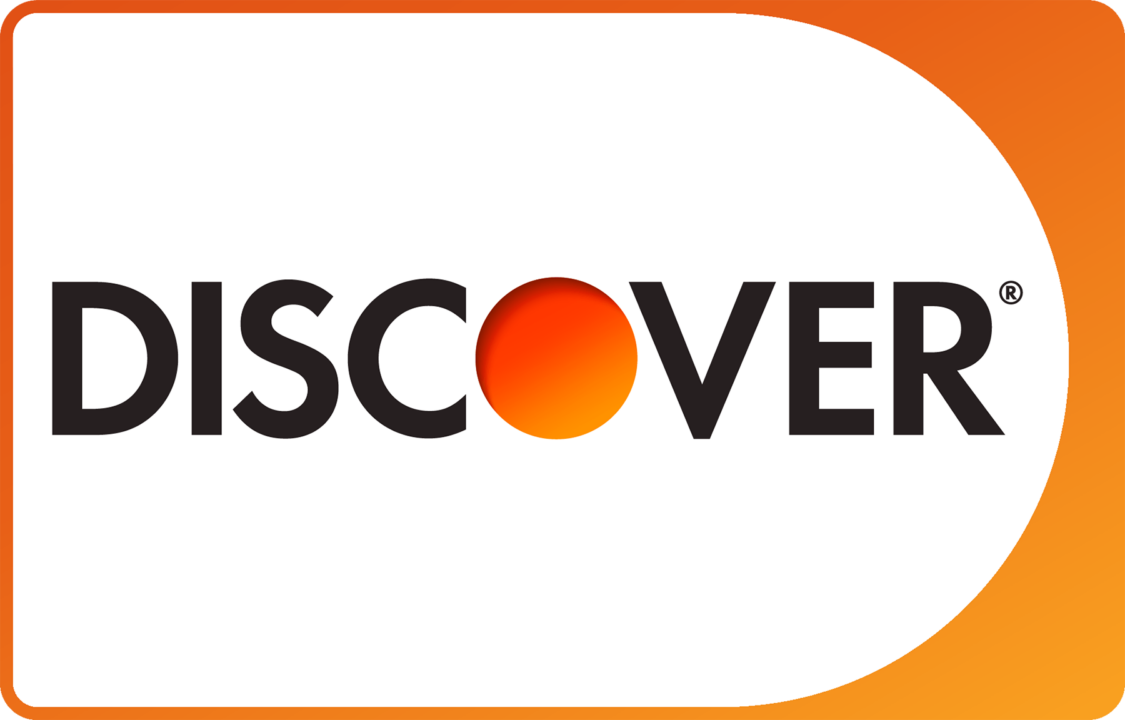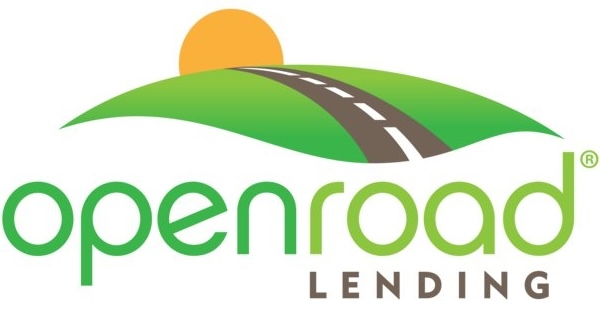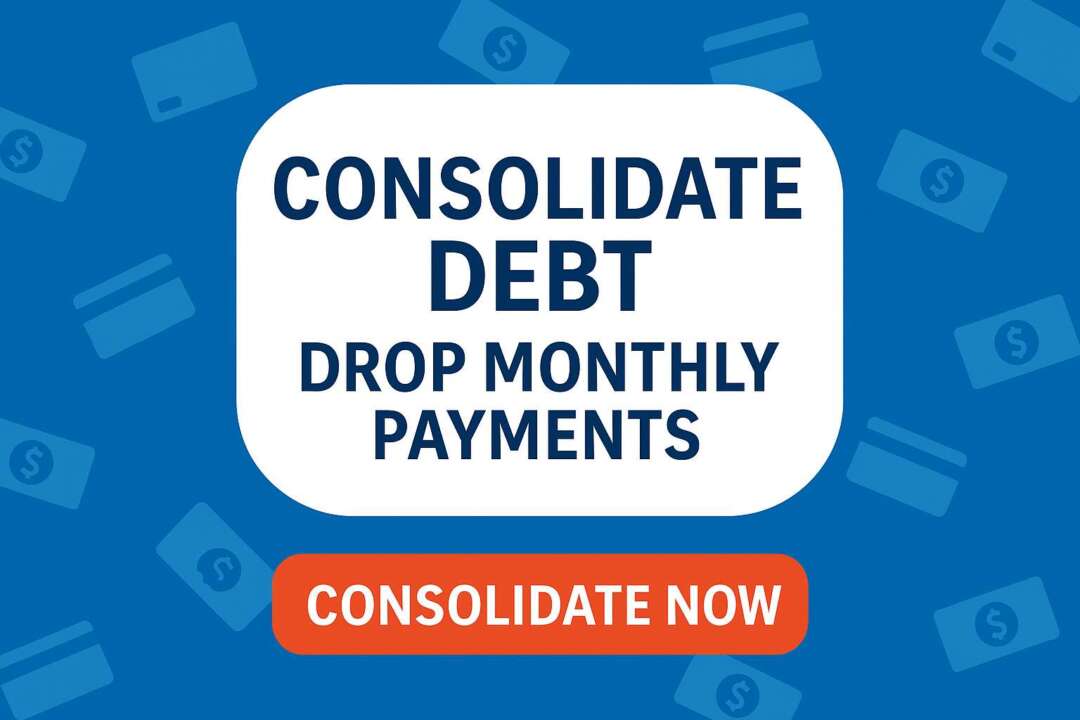
What is a prepaid debit card?
Prepaid debit cards also go by the names stored-value cards, prepaid cards and payroll cards. Instead of accessing the funds in a checking account like a traditional debit card, the prepaid debit card has money loaded directly onto it. It can be used in transaction much like a traditional debit or credit card.
What’s the difference between a prepaid debit card, a stored-value card, a prepaid card, and a payroll card?
Prepaid debit card, stored-value card, prepaid card, and payroll card are all interchangeable names for a card that can store money and be used in transactions without being connected to a bank account. It might be called a payroll card if an employer gives you your wages on the card, but the principle and usage is the same.
How do prepaid debit cards work?
The three components of understanding how prepaid debit cards work is obtaining a card, using the card, and reloading the card with more value.
Obtaining a prepaid debit card
There are several ways of obtaining a prepaid debit card. Some people can receive them with their wages loaded onto them by their employer. You can also purchase a prepaid debit card from national retailers or obtain one directly from the issuer’s website.
Usually money is loaded onto the card as part of the initial purchase. Like you would activate a credit card, it must be activated so that the funds can be used.
One of the benefits of a prepaid debit card is that a person does not need to apply or pass a credit check to obtain one. If a person has had problems with bounced checks that are reported to the ChexSystem, they may no longer be eligible for a checking account. Prepaid debit cards do not check the ChexSystem. Anyone is eligible to use prepaid debit cards regardless of their credit scores or their financial history.
Using a prepaid debit card
Using a prepaid debit card is much like using a traditional debit card or even a credit card. The biggest prepaid debit card issuers are American Express, Visa, and MasterCard but there are other issuers like PayPal that also provide access to their payment networks. You can also use ATM machines to pull cash off of the card.
Once you’ve spent the initial money loaded onto the card, you’ll need to add more funds. To do this, the prepaid debit card must be registered in your name. This registration is a legal step aimed at preventing money laundering.
Reloading a prepaid debit card
Reloading a prepaid debit card with more money can be done in several ways.
- Having a participating merchant load money onto the account. There are hundreds of thousands of places throughout the United States where you can provide cash and have that cash loaded onto an existing prepaid debit card.
- Direct deposit can be set up to automatically load pay checks.
- The issuer may also have a phone app that allow you to remotely deposit a personal check.
- Transferring money directly from an existing savings, checking account, or even from another prepaid debit card.
Common prepaid debit card fees
Using a prepaid debit card might come with various fees. Here are the most common ones:
Monthly fee
Most prepaid debit cards have a monthly fee to use them. Monthly fees typically fall between $4 and $10, although some have no monthly fee at all.
ATM fees
Like traditional debit cards, prepaid debit cards often charge to use ATMs. Some prepaid cards belong to an ATM network which means transactions with those machines are free, but the traditional out-of-network ATM fee is between $2 and $2.50. Some prepaid debit cards might even charge you a small fee to just check the card’s balance at an ATM.
Reload fee
While some cards have free reloading, most cards will cost $3.95 to reload value on the card with a participating merchant. Because of the reloading fee, many people choose to move money onto the card in larger sums so their money doesn’t evaporate in a lot of small reloading amounts. Reload fees can also vary by the method of reloading. Using a merchant will almost always incur a fee (unless the card has a particular relationship with an individual merchant), but direct deposit or check deposit might have a different fee structure.
Other fees
Some cards might even come with an inactivity fee in case the card is not being used. This can amount to a few dollars every month. There could also be card replacement fees, a card cancellation fee, balance inquiry fee, and a paper statement fee.
Limitations of prepaid debit cards
Prepaid debit cards have some good values. But they often have limitations that debit cards associated with bank accounts do not have.
Cash reload limits
Cards can come with reloading limits, both on the low side and the high side. A prepaid card might only allow you to reload an amount between $20 and $500. Other prepaid cards might allow for much higher transfer amounts of several thousand dollars. A card might also limit the number of times you can reload the card, for instance no more than two a day or four in thirty days.
Cost to purchase a physical card
Many prepaid card issuers allow you to obtain a physical card online with no charge. Buying a card from a participating merchant might cost between $1 and $5.
Reload locations
Reloading value on a prepaid card must be easy for the card to be useful. So, many prepaid card issuers boast about a large network of retailers where they can reload the cards. This network includes stores like Walmart, CVS, and grocery stores. However, just because the network exists, doesn’t mean that it is free to use them. Often reloading a card at one of these locations will incur a reload fee.
Additional features of prepaid debit cards
There are a set of unique features that a prepaid card issuer might offer to entice people to use their network. Some of these feature might fit perfectly with your lifestyle, so it is often a good idea to keep an eye out for them.
An issuer might offer a unique set of features tailored for family use, especially with children and teenagers. These features might include multiple cards, app access to the transactions, and free reload fees on subordinate cards. This may be a great way to get a kids debit card so they can learn to manage their money in a digital world.
Some issuers offer cash back on purchases made with the card, much like the benefits offered by some credit cards.
Another unique feature might be offering a “virtual card” that can be included in a digital wallet for those people who don’t want to carry the plastic around with them or having a physical card lying around.
Is a prepaid debit card FDIC insured?
No, a prepaid debit card is not a bank account and so is not protected by FDIC insurance. That means that the balances are not protected by that insurance. But, that does not mean they have no protection. Most issuers provide fraud protection so long as the card has been registered.
Why would I use a prepaid debit card?
There are several reasons why a person might want to use a prepaid debit card:
- You can use It regardless of the quality of your credit score
- You can use it even if you don’t have access to a bank account.
- They can be a good alternative to cash. You can use them to pay for things without carrying cash.
- You can use it for purchases that traditionally would require a credit or debit card, like online purchases.
- Some people like to use prepaid debit cards for household budgeting. For instance, if a person struggles to keep their entertainment budget under control, they might put their allowed spending on one so that they cannot spend any more than was allocated.
- Some parents give their children prepaid debit cards that allow them to learn to manage their money and spending.
- A small business owner might give employees prepaid cards for making small purchases in order to control how much is spent.
What is the difference between a debit card and a prepaid card?
From the outside, there’s not much difference between a debit card and a prepaid debit card. They both work with the merchants that take their payment network. For instance, merchants who take a Visa credit card will take a Visa prepaid debit card. Debit cards are attached to a bank checking account. Meanwhile a prepaid debit card is not attached to a bank account and simply holds the money on the card. This means that a prepaid debit card does not have all the same benefits of a bank account.
What are prepaid debit cards used for?
You can use prepaid debit cards just like regular debit or credit cards. They work for buying things at stores or online, and you can also withdraw money from an ATM using them.
Employers sometimes use prepaid debit cards to pay employees who don’t have a bank account or for quicker payment. These are known as payroll cards.
They can also work like gift cards, giving someone money without cash, checks, or transfers. In this case, they’re often called prepaid or stored-value cards.
Do I have to register my prepaid debit card?
Registering your prepaid debit card fulfills federal banking laws that require that financial institutions can identify their customers. This was implemented to prevent money laundering and the funding of terrorism. You might not need to register your prepaid debit card immediately in order to use the funds already loaded on it, you are unlikely to be able to add funds to it, access some of the features of the card, or benefit from the anti-fraud benefits of the card if you do not register it.
Why do I have to register my prepaid debit card?
Registering your prepaid debit card fulfills the requirements of the federal “know your customer” law that Congress passed to prevent money laundering and funding terrorism.
Failing to register your prepaid debit card limits what you can do with it. You might not use it for online purchases or withdraw money from an ATM. Without registration, you’ll have fewer protections if the card gets stolen or misused, and you might face limits on the card’s features. Registering might also make you eligible for deposit insurance with some cards.
Is activating a prepaid debit card the same thing as registering it?
Activating a prepaid debit card is not the same thing as registering it. You can activate the card by calling or visiting the company website. Once activated, you can begin to use it. However, registration requires linking your personal information. You may not be able to add additional funds to the card or access some of its other features without registration. That’s why it’s important to ensure that you register your card.
Why am I being asked for personal information to use my prepaid debit card?
Prepaid debit card companies are under federal “know your customer” laws which were passed to prevent money laundering and terrorism funding. To fulfill their legal responsibility, the debit card companies require customers to register their debit cards. This is done by providing name, street address (they won’t accept a P.O. box), date of birth, and social security number.
Is a prepaid debit card a good idea?
Using a prepaid debit card is a great idea for people who do not have access to a bank account. It allows them to fully participate in the economy, including making purchases online which is difficult to do without access to a payment system, like MasterCard, Visa, or American Express.
A prepaid debit card acts much like using cash, so users can’t overspend the amount that they have loaded onto the card. There is no way to overdraft the account or fall into debt using a prepaid debit card.
Does a prepaid debit card cost money?
You can often get prepaid debit cards for free from the issuer’s website, but they’re typically bought for a small fee at specific stores, usually less than $5. However, using these cards can come with additional fees like monthly charges, fees for adding money, and charges for using ATMs.
How much does it cost to activate a prepaid debit card?
There is usually no fee associated with activating a prepaid debit card. However, there can be fees associated with buying the card, reloading money, and using itwith some ATMs, but activating a new card is typicailly free.
How do you add money to a prepaid debit card?
Because a prepaid debit card is not connected to a bank account, the primary challenge of its use is getting money loaded onto the card. The primary way that people can load money on their prepaid debit card is by visiting a participating merchant which will take cash and electronically load the money onto the card. Many providers boast about having tens of thousands of participating merchants so that using the card will be convenient for their customers.
But that isn’t the only way people can load money onto their prepaid debit card. Some companies offer an app that can electronically deposit checks onto the card, much like one would deposit a check into a bank account by taking a picture of it.
Some people like the convenience of setting up direct deposit with their employer that would load their paycheck directly onto their prepaid debit card.
What are the biggest prepaid debit card companies? What companies provide prepaid cards?
Companies that issue prepaid debit cards include:
- AAA MemberPay
- ACE
- American Express
- Brink’s
- BusyKid
- Cashpass
- Chime
- Commerce Bank
- Control
- CUMONEY
- FamZoo
- Fifth Third Bank
- Green Dot
- Greenlight
- Mango
- Movo
- MyVanilla
- Netspend
- PayPal
- PNC
- smiOne
- Starbucks
- Travelex
- Walmart
- Western Union
Where can I use a prepaid debit card?
A prepaid debit card acts just like a traditional debit card and can be used anywhere that accepts the brand on the front. If you have a Visa prepaid debit card, you can use it anywhere that accepts Visa credit cards. If you have a MasterCard prepaid debit card, you can use it anywhere that accepts MasterCard credit cards.
You can also pull cash off of a prepaid debit card at participating ATM machines. However, you need to be aware that ATM fees will be applied, so check with your prepaid debit card provider to determine what the charge is at the machine most convenient to you.
Prepaid debit cards: advantages and disadvantages
Advantages include:
- You can’t spend more than you have on the card
- You can use it like a credit card
- They are safer than cash
- There are some fraud and loss protections
- Don’t require a credit check
- Don’t require a pass on the ChexSystem
- You can use them just about anywhere
- They don’t require a bank account
- They are easy to obtain
Disadvantages include:
- The fees
- You can’t earn interest on the balance
- Will not contribute to your credit history, meaning it won’t benefit your credit score
- Don’t have many of the benefits of a bank account
- Will not be as safe as using a credit card
- Could end up being more expensive than a traditional bank account
- Does not help you develop a relationship with a bank
Can I earn rewards from a prepaid debit card?
It is very uncommon for you to be able to earn cash back rewards but prepaid cards are beginning to offer cash back and other incentives.
Are prepaid debit cards anonymous?
Prepaid debit cards are anonymous…until they aren’t. What that means is that the initial loaded amount on a prepaid debit card can remain anonymous but you will not be able to reload money onto it or take advantage of most of the features unless you register the card. Registering a prepaid debit card means attaching your personally identifiable information to the card. The reason for registering the card isn’t just so big brother can keep an eye on you. The reason prepaid debit cards need to be registered is to combat illegal activity.
How many people use prepaid debit cards in the United States?
According to the Federal Deposit Insurance Corporation (a government entity that supports the nation’s banking system), 6.9% of all households in the United States are using reloadable prepaid cards. Not surprisingly, the study found that a third of all unbanked households (or households who do not currently have a bank account) use prepaid debit cards.














